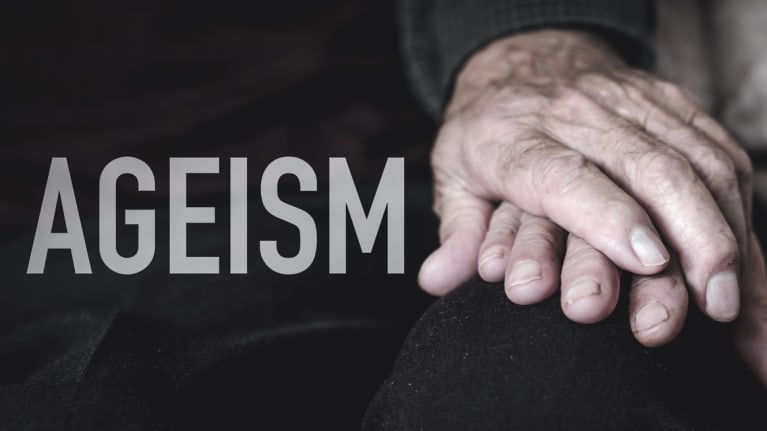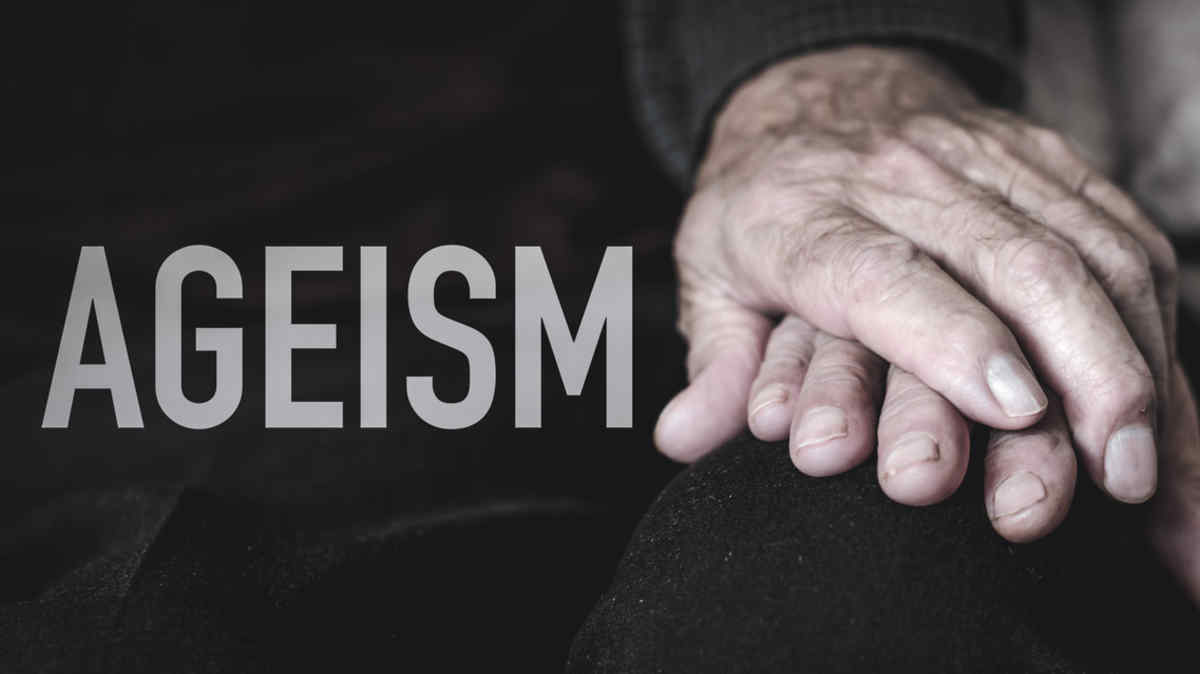

?Millions of older Americans have re-entered the workforce in recent months. In fact, nearly 64 percent of adults between the ages of 55 and 64 were working in April.
Precipitous rises in the cost of living have forced many of them to return to work from retirement. Others have returned to work because they enjoy the engagement and camaraderie work provides.
That said, economists tend to believe that workers in their 50s and 60s have a harder time than their younger counterparts finding jobs, keeping them or moving ahead at a company, mostly due to ageism.
Beth Finkel, state director of the New York chapter of AARP, has been at the forefront of the organization’s fight at the state and national levels for laws and policies that protect older workers from age discrimination.
A recent AARP New York survey found that nearly half of voters age 50 years or older said they were subjected to or witnessed at least one type of workplace age discrimination. Twenty percent said they were passed over for a job because of their age, and almost 10 percent said they were fired due to their age. And a national AARP poll found that 78 percent of workers age 50 or older said they’ve seen or experienced age discrimination in the workplace. Age discrimination against Americans ages 50 and over robbed the U.S. economy of $850 billion in 2018 alone.
A large study of 5,000 workers and managers in seven countries by the global nonprofit Generation offers some rather grim statistics: People who are age 45 or older make up a high share of the long-term unemployed. Hiring managers tend to view job applicants who are 45 or older negatively, even though employers rate highly the job performance of the older people they do hire. The challenges and experiences of job seekers who are 45 or older, this study found, display striking consistency around the world.
One key insight from the survey is hugely positive, however. Yes, hiring managers express bias against applicants who are 45 or older. But those very same employers also acknowledge that once they hire people over 45, those workers perform on the job just as well as, or even better than, their peers who are a decade younger.
In New York, the state Senate passed a bill this year prohibiting employers from requiring or asking for job applicants’ age or birth and graduation dates unless clearly relevant to the job. In Washington, D.C., AARP is urging the U.S. Senate to follow the House by passing the Protect Older Workers Against Discrimination Act.
As older people seek work in a world where retirement ages are being pushed up by higher life expectancies and inadequate savings, they need employers and policymakers to take steps to counter rampant ageism, Finkel said.
“Advocacy with businesses is part of AARP’s ultimate goal—to protect people 45 [years or older] from age discrimination,” Finkel said. “At the end of the day, discrimination in any form is wrong, and multigenerational workforces are proven to be more productive.”
Tracey Gendron, author of Ageism Unmasked (Penguin Random House, 2022), wrote her book to “help myself and others understand how ageism (and ableism) have been silently yet pervasively embedded in society over the years. The book takes a journey through time to uncover the forces and events that shaped our understanding of what it means to age and be old. The book also describes the various expressions of ageism (e.g., internalized, externalized, relational) and how ageism manifests in different institutions (e.g., health care, workplace, technology).”
The book also offers the following points about ageism in the workplace:
–Ageism in the workplace can be subtle and hard to recognize. It can be embedded into the recruitment process; for instance, when job descriptions use terms such as “cultural fit,” “energetic,” or “fast-paced.”
–Ageism can be manifested in “over-the-hill” birthday celebrations or jokes.
–Ageism can manifest itself in commonly held myths about older people, such as “older people are out of touch with technology and current trends.”
Toni Tileva is a freelance writer based in Washington, D.C.

